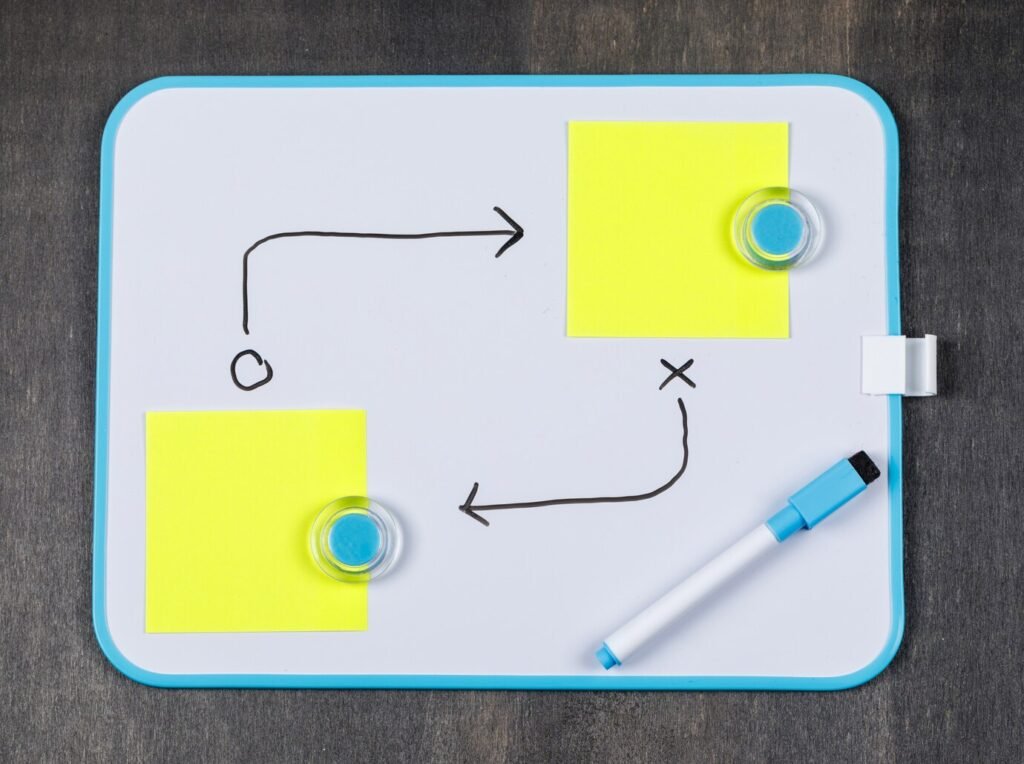In the dynamic landscape of UX design, understanding the user journey is critical to creating products that truly resonate with audiences. User journey mapping offers a structured method to visualize every interaction users have with a product or service. It reveals insights that help teams refine experiences, resolve friction, and build empathy across disciplines. This blog explores the importance of journey mapping, the process to create one, and how it supports a user-centered design approach.
What is User Journey Mapping?
User journey mapping is the process of creating a visual representation of the steps users take to achieve a specific goal while interacting with a product or service. These maps showcase the user’s experience from initial discovery through various touchpoints to the final outcome. They capture not just actions, but emotions, expectations, and pain points—offering a full picture of what the user goes through.
Why is User Journey Mapping Important?
User journey mapping offers multiple benefits that shape smarter design decisions:
Enhanced User Understanding
By visualizing the user’s path, teams develop a clearer sense of user behaviors, expectations, and motivations.
Identification of Pain Points
Mapping helps locate specific areas where users get stuck, confused, or frustrated—so those friction points can be resolved.
Improved Design Decisions
With deep insights in hand, design choices can be aligned with real user expectations, boosting usability and satisfaction.
Cross-Functional Collaboration
Maps serve as a shared reference across teams—aligning product, design, marketing, and support around the user’s perspective.
Strategic Prioritization
When you can see the whole journey, it’s easier to identify high-impact fixes and prioritize accordingly.
The User Journey Mapping Process
1. Define the Scope
Begin by identifying the user persona and a specific goal they’re trying to achieve. Keeping the scope focused ensures the map remains actionable and relevant.
2. Conduct User Research
To accurately represent the journey, collect both qualitative and quantitative data:
- User Interviews: Understand goals, pain points, and behaviors directly from real users.
- Surveys: Validate findings at scale and uncover broader patterns.
- Analytics: Study real-world user paths using data from your product or service.
3. Map the Journey
With research in hand, begin creating the journey map using the following elements:
- Stages: Define the main phases of the journey (e.g., awareness, consideration, decision, onboarding).
- User Actions: List what users do at each stage.
- Touchpoints: Highlight where users interact with your brand or product.
- Emotions: Capture how users feel throughout the journey.
- Pain Points: Identify barriers or frustrations they face.
4. Analyze and Identify Opportunities
Once mapped, study the journey to uncover opportunities for improvement:
- Address Pain Points: Fix common frustration areas to reduce drop-offs.
- Enhance Touchpoints: Make high-impact moments smoother or more delightful.
- Streamline Steps: Look for unnecessary complexity and simplify.
5. Share and Iterate
Treat the map as a living tool. Share it across teams, gather feedback, and update it regularly based on evolving user behavior or new product features.
Using Journey Maps in Design and Strategy
Journey maps can directly impact multiple parts of the business:
- UX Design: Translate journey insights into better flows and features.
- Marketing: Tailor messaging to user expectations at each stage.
- Customer Support: Discover common support pain points and preemptively address them.
- Product Roadmaps: Prioritize improvements based on real user needs.
Challenges in User Journey Mapping
Even with its value, journey mapping isn’t without challenges:
- Data Overload: Too much research without structure can obscure key insights.
- Stakeholder Resistance: Teams unfamiliar with the value of UX may hesitate to invest time.
- Maintaining Relevance: User journeys evolve—keeping maps fresh requires ongoing effort.
Conclusion
User journey mapping is a foundational tool in the UX toolkit. It helps teams step into the user’s shoes, revealing pain points, motivations, and untapped opportunities. When used regularly, it fuels smarter design decisions, unites teams around real user needs, and leads to more intuitive and valuable product experiences.
The best journey maps aren’t just documents—they’re living, evolving guides that anchor every team in empathy. As user expectations shift and products evolve, revisit your maps, refresh them with new data, and keep aligning your work to the people it serves.





